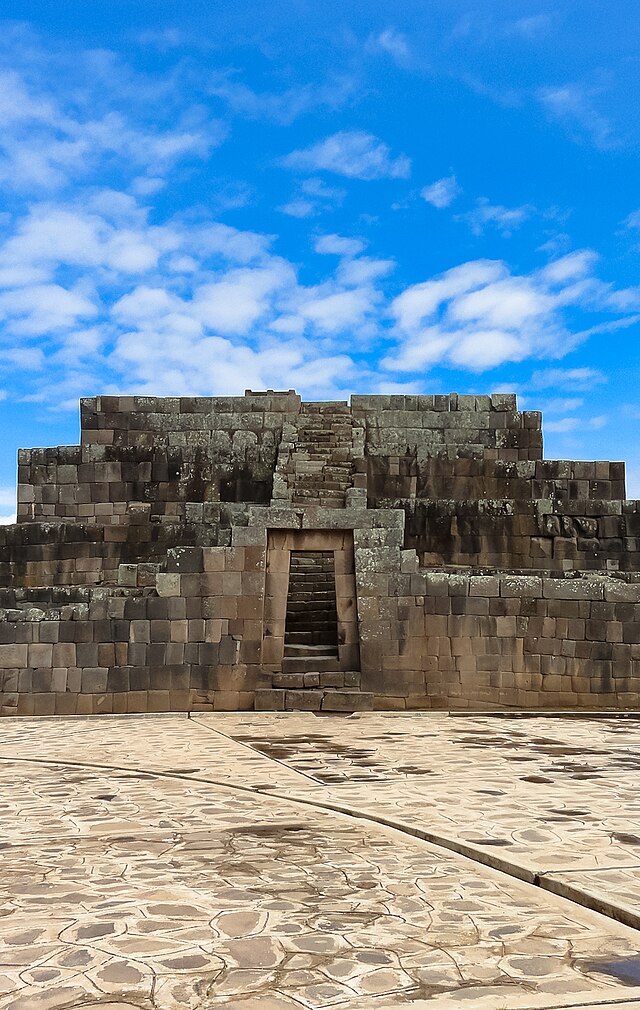Vilcashuamán, nestled in the Andes, stands out as a testament to Inca engineering and culture. This ancient site once served as an administrative center, showcasing the Inca’s strategic urban planning. Each structure had a purpose, from religious ceremonies to astronomic observation. Today, travelers can marvel at the Temple of the Sun and the ushnu, or ceremonial platform. These remain stark reminders of the Inca’s reverence for nature and their deities. The solid stonework and precise alignment with celestial bodies highlight their mastery over the environment. By exploring Vilcashuamán, we gain insight into the Inca civilization’s advanced societal structure and deep-rooted spirituality.
Ancient Civilizations
All Ancient Civilizations, Cultures and People
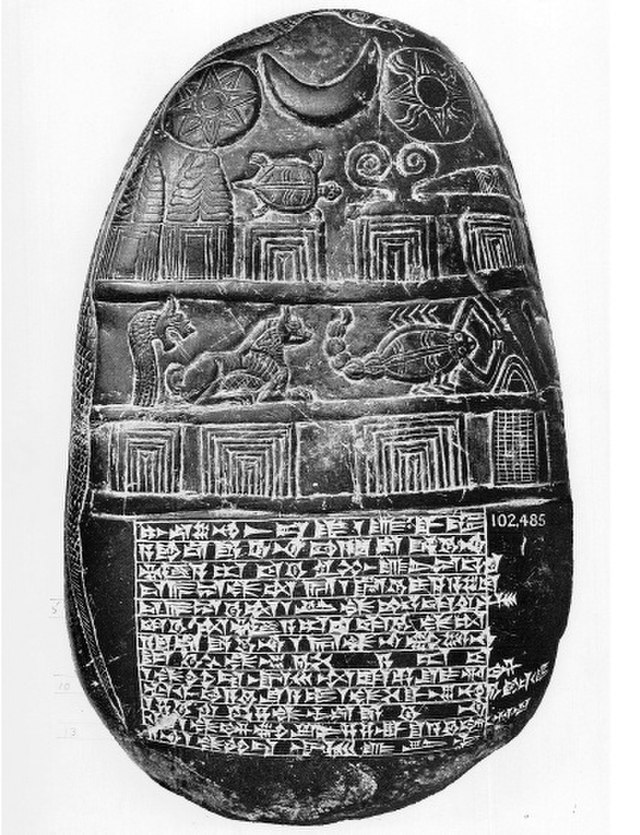
Kudurru Stones
At the crossroads of ancient civilizations, the Kudurru Stones mark a pivotal heritage of Mesopotamian society. They are not just markers of land but also a testament to the sophisticated bureaucracy and laws of the time. Intricately carved with symbols and cuneiform inscriptions, these boundary stones proclaim the power of kings and gods. They served as legal documents, detailing grants of land by the sovereign. By understanding these artifacts, we delve into the depths of ancient land rights and divine intercessions.
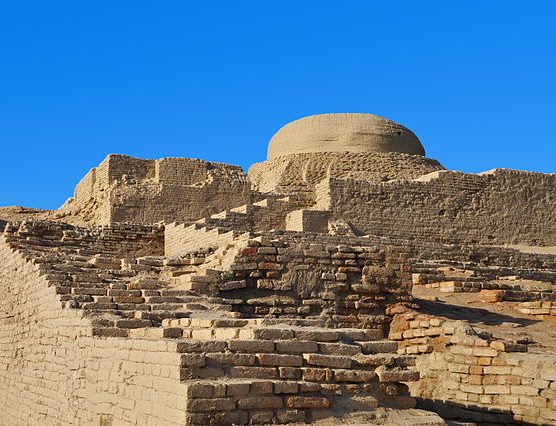
Mohenjo Daro
Unveiling the past, Mohenjo Daro stands as a testament to ancient urban planning and civilization in the Indus Valley. This archaeological marvel was one of the world’s earliest major cities. It thrived around 2600 BCE, well-planned with remarkable drainage systems and baked-brick houses. Explorers today marvel at the Great Bath, a central structure believed to hold religious significance. This once-bustling metropolis offers a unique window into early life, highlighting the ingenuity of its inhabitants.
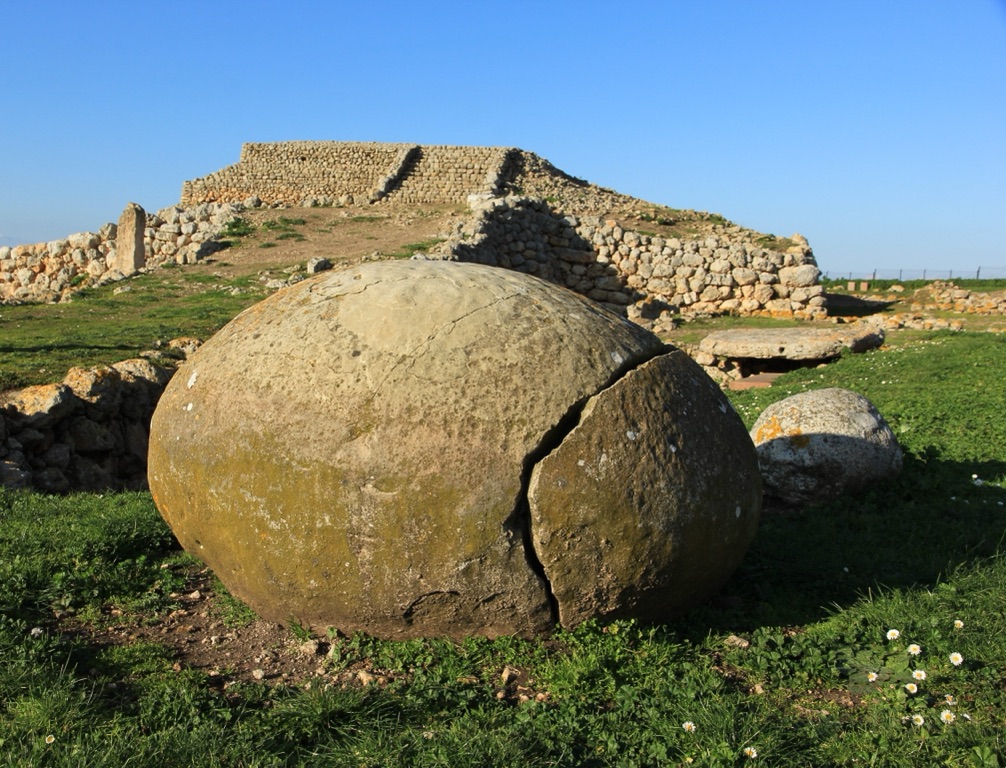
Monte d’Accoddi
Monte d’Accoddi is a captivating prehistoric site located in Sardinia, Italy. It showcases the advanced Neolithic and Copper Age cultures that flourished in the region. The site is notably home to a massive stone platform, resembling a stepped pyramid. This unique feature reflects the early sacred architecture usually found in Mesopotamia. Researchers believe Monte d’Accoddi had a ceremonial role, attracting visitors far and wide. Its exact function, however, remains shrouded in mystery. The plateau’s design and the artifacts found there indicate a complex society with significant ritualistic practices.
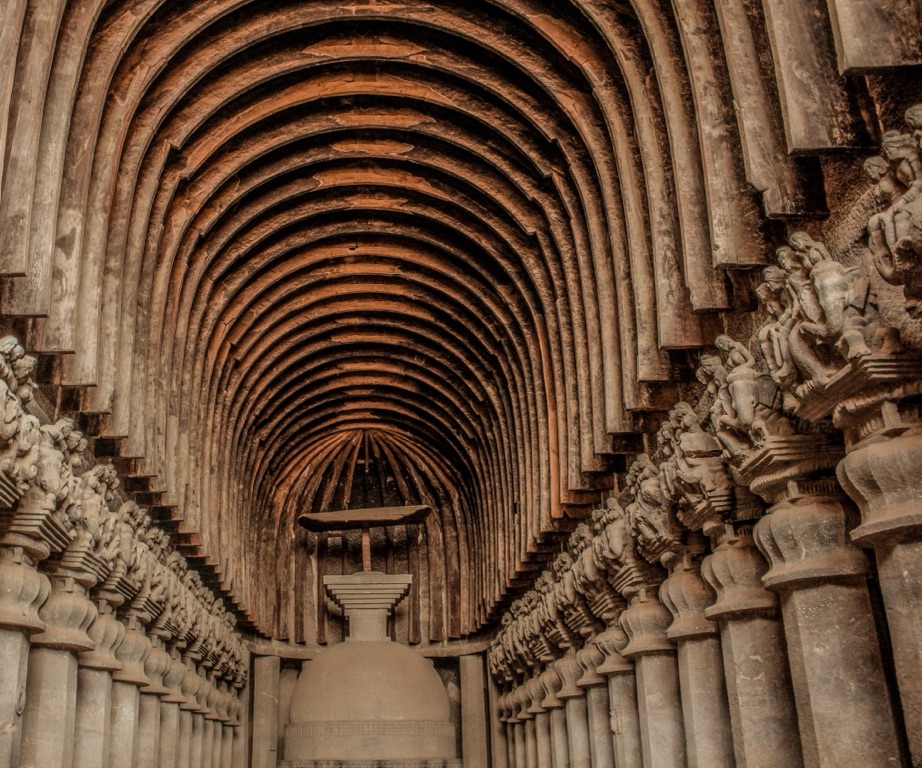
Karla Caves
Embark on a journey to the remarkable Karla Caves, and unravel the mysteries of ancient India. These caves, nestled in the Sahyadri Hills near Lonavala, Maharashtra, showcase the brilliance of Buddhist architecture. Carved from solid rock, they date back to the 2nd century BC. Visitors are greeted by an awe-inspiring chaitya, the largest in India, with its wooden arched roof still intact. Intricate carvings and inscriptions tell tales of a flourishing trade route and the patronage of the Hinayana sect of Buddhism. These historical marvels provide a unique glimpse into the religious and cultural life of ancient times.
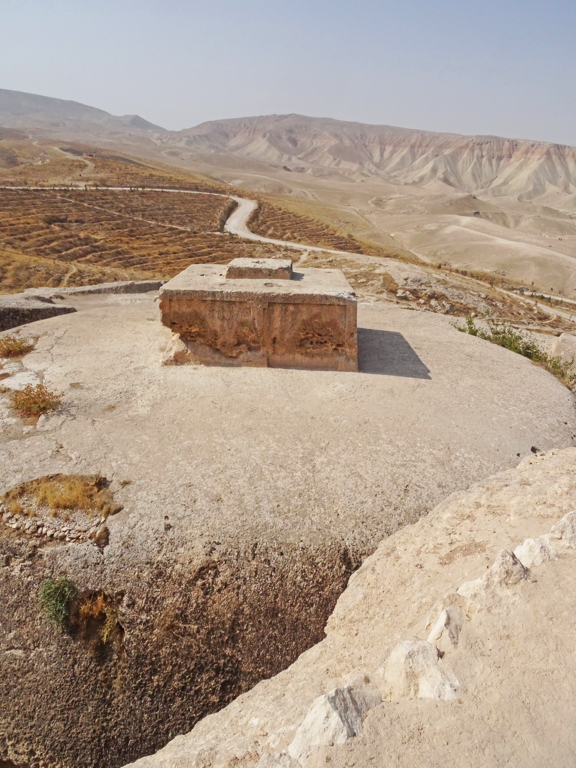
Takht-e Rostam
Steeped in history, Takht-e Rostam is an ancient archaeological site in Afghanistan. It’s a testament to the country’s rich cultural heritage. The site includes a stupa-monastery complex carved into a mountain. This reflects the influence of Buddhism in the region. Visitors are often captivated by the blend of cultural elements evident in the site’s art and architecture. Takht-e Rostam is not only a symbol of Afghanistan’s historical religious diversity. It also stands as a beacon of the intricate craftsmanship of ancient times.

